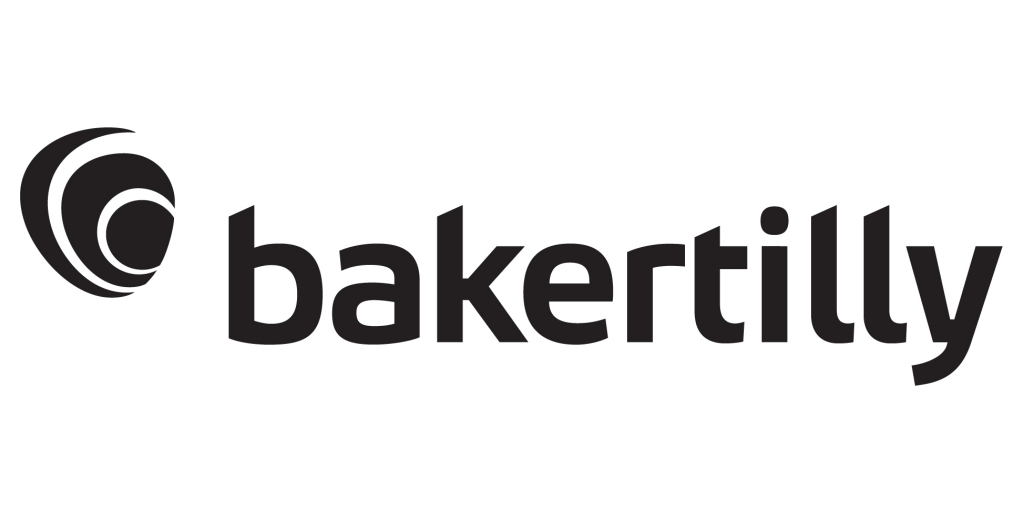Baker Tilly’s Insight on Navigating the CSRD: A Sustainability Reporting Guide for U.S. Companies
Authored by Benjamin Martin and Arnaud Bergero
In recent years, the global focus on sustainability reporting has experienced a significant shift. What was essentially a voluntary exercise for the last few decades has become a mandate for many companies across the United States and throughout the world.
One of the best examples of this reality is the European Union (EU) Corporate Sustainability Reporting Directive (CSRD), which created stronger rules surrounding the environmental, social and governance (ESG) information that companies doing business in Europe have to monitor and report.
Many European companies have already begun traveling down this path. In fact, some are already deep into the process. Meanwhile, many American companies are just getting started in their sustainability journeys. Why is that? Well, perhaps they aren’t sure where to begin, or they lack the necessary expertise to get going in a meaningful way. Or in other cases, companies simply do not realize that the CSRD applies to them.
Either way, companies have new reporting obligations, making it critical that they understand the basics, benefits and potential barriers of the CSRD before they can continue their path to sustainability success.
What do you need to know?
The CSRD is an amendment to the Non-Financial Reporting Directive (NFRD) that significantly increases reporting requirements for all companies that fall within its scope. It was originally announced by the EU commission in April 2021 and took effect in January 2023.
Approximately 50,000 businesses are impacted by the CSRD, which requires companies to disclose information about their impacts, risks and opportunities as it applies to climate, carbon footprints and other key sustainability efforts. While it’s a European law at its core, U.S.-based companies with European subsidiaries that meet certain criteria need to comply – and they need to get moving with their planning and preparation.
In general, many U.S. companies are not too concerned about these regulations, as non-EU companies that do at least €150 million in sales annually in the EU will not need to begin reporting until 2029. However, what many U.S. companies may not realize is that EU-based subsidiaries may have reporting obligations as early as 2026. “Large undertakings,” as they are called, that meet the criteria will need to report in 2026 over FY25 data. This includes EU subsidiaries that exceed €50 million in annual revenue and €25 million in assets, or over 250 employees. What’s more, because the rule is aligned with European financial reporting, oftentimes it is the holding company of these “large undertakings” that is responsible for preparing these disclosures, inclusive of all subsidiaries that roll up to the EU parent. This creates a significant challenge for U.S. companies whose sustainability reporting function is established at a U.S. parent level and does not typically perform subsidiary-level reporting.
These details and dates will become significant. Over the ensuing months and years, companies in the U.S. and throughout the world need to fundamentally change the way they handle sustainability reporting. It’s a multiyear conversion process, in most instances. Simply put, any company that does business in Europe needs to think carefully about the rule – and they need to do this now – in order to fully understand how it applies to them, what changes they must make and where they need to go for help.

